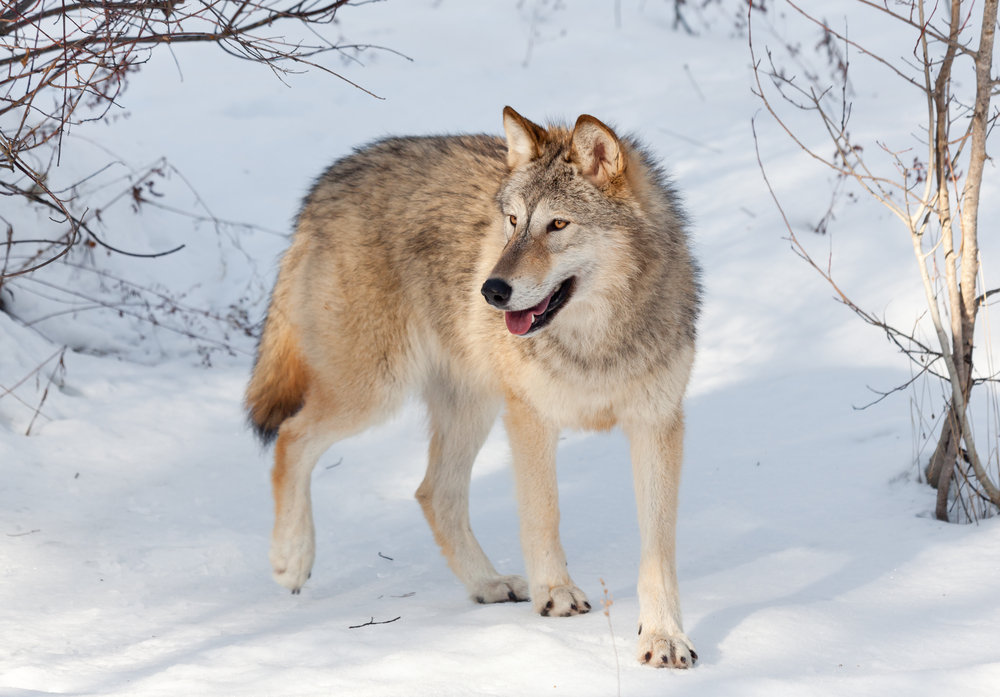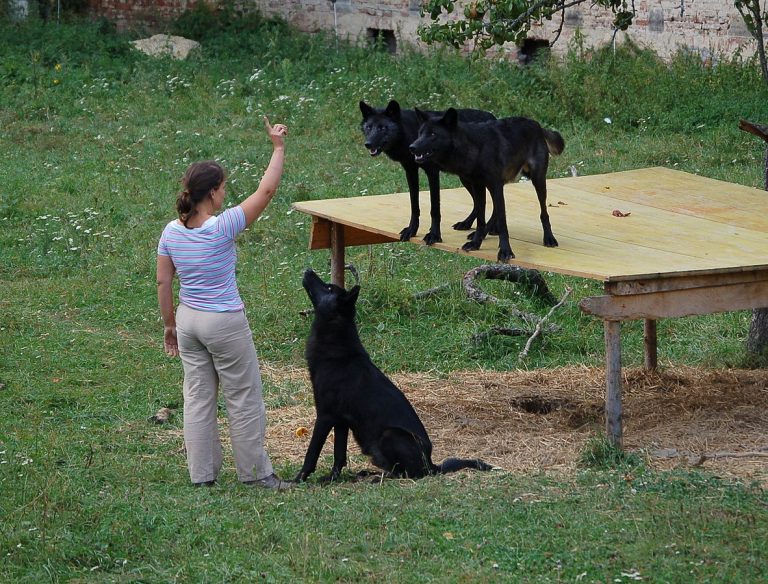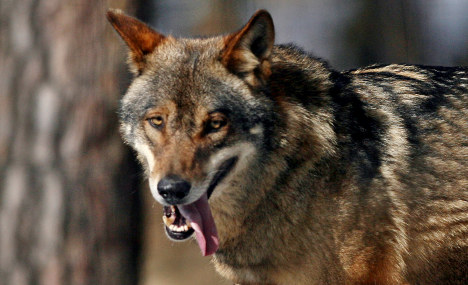Wolves Return To Denmark After 200 Years Of Absence
Wolves Return To Denmark After 200 Years Of Absence

Wolves could soon be roaming in Denmark again after 200 years of absence. Although four male wolves have been resident in the country since 2012, the latest arrival of the first female wolf spells the beginning of a new dawn for the creatures.
The young female wolf in question appears to have trekked on her own all the way from Germany. That’s a distance of about 300 miles (500 km)!
The presence of a female among the males means it can now officially be classified as a wolf pack. And going by CCTV footage, the new female could produce cubs soon.
Obviously, wolves are proving again just how resilient they are with this dramatic comeback to Denmark as Patrick Barkham reports for The Guardian.
The Gradual Return Of Denmark’s Wolves
Present day Denmark is well-populated by humans. But this handful of animals is evidence that as wolves return to Denmark, though slowly, people will need to make adjustments to accommodate them.
That’s if they want to avoid repeating the dark history that Danish wolves suffered centuries ago.
Danish wolves, like most of their kind throughout Europe were wiped out completely in many countries and regions. Always at the hands of humans through persecution like poisoning and wolf bounty hunting that still exists in places like Russia. The last Danish wolf was executed in 1813.
Wolves are not backing down though, they are now re-establishing themselves across France, Germany, and Holland.
The Latest Wolf Pack In Denmark
After DNA test on two wolf scats confirmed that the new wolf was female, researchers and conservationists were happy. And she’s wasting no time too as it looks like she has already selected a mate from among the males.
“We expect that they will have cubs this year or the next.”- Peter Sunde, Senior Researcher, Aarhus University.
There is some speculation that these wolves are being gradually introduced by unofficial or amateur rewilders. But researchers strongly renounce those claims. Remember that wolves can travel very long distances. Even up to 50 km per day. So in that case, the female wolf’s journey from Germany to Denmark is completely believable and natural.
Also, German wolves are now steadily increasing in numbers and as they do so, the younger wolves will eventually have to set out on their own to find mates and form packs.
Danish hunters aggressively killed wolves till they disappeared completely from the country as a whole.
Wolves Return To Denmark But Opinions Are Divided
Denmark’s wolf pack is now resident a wooded area with of farmland and pine plantations around Jutland, west Denmark.
Fortunately, there is plenty of natural prey for the wolves there especially red and roe deer.
But there is one major concern; though the wolves can thrive there, will people accept the wolves return to Denmark. At least so asks Guillaume Chapron, a researcher with the Swedish University of Agricultural Sciences.
That’s because the predators’ return, though limited, is already generating tensions in the area.
For example, reports claim that between the sighting of the first male wolf in 2012 to date, 21 sheep have been killed already.
The Danish government is now taking measures to minimize losses to the farmers and possibly avoid revenge killings of the wolves. They do this by:
- compensating farmers for the loss of any livestock,
- funding secure enclosures (e.g. electric fencing) to protect sheep from the wolves,
- control of habituated wolves.
Nevertheless, the local farmers are not satisfied and they think the government has been too slow to act.
Can The Danish Populace Live Peacefully With Wolves?
As Chapron went on to point out, it’s inevitable that with time the wolves will develop a taste for Danish sheep. “It will be interesting to see how far we can coexist with big predators.”- Chapron
In all, as the wolves return to Denmark and people learn to live with them, it’s good news for nature. It shows that people’s general attitude to large predators are changing for the better.
Wolves are highly adaptable animals and there are many cases where they even wander and survive with minimal disturbance to humans in highly populated and urbanized places. Especially on the North American continent.
Even if so called “problem” wolves arise, there are several non lethal wolf control strategies that have worked effectively in other parts of the world. People in Denmark are just going to need some patience and experience to learn to live peacefully with their new wild neighbors.






